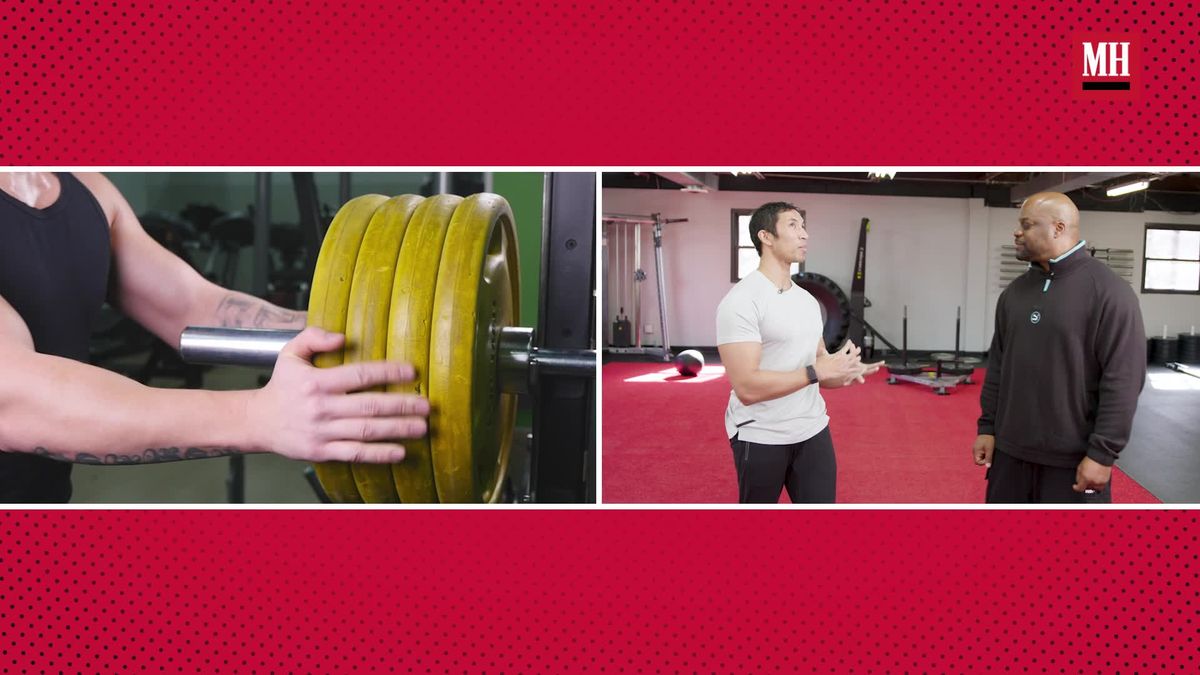Jason Kelce (and All His Lookalikes) Are in Super Bowl Mode

IN HIS 13 years playing in the NFL, the last thing Jason Kelce ever expected was a fan base that was excited to look just like him. Yet somehow, over the last few months, the ex-All Pro Philadelphia Eagles center and Super Bowl LII champ has become the latest in the parade of celebs (and yes, Kelce is definitely a celeb) to inspire lookalikes across Instagram and TikTok.
“It’s been very strange,” he says. “You know, I’ve been compared to other people my whole career. Even in college, I used to get Zach Galifianakis a lot. Any white guy with a beard, pretty much I get compared to. This has been unique the last couple years, when all of a sudden, all these people are being compared to me.”
This is life for Jason Kelce, who’s ascended to new levels of popularity two years into his retirement. Since hanging up his cleats, Kelce, 37, has launched a late-night show with ESPN and been a guest on Jimmy Kimmel. His podcast with little bro (and Kansas City Chiefs superstar) Travis, “New Heights,” earned a deal with Apple, and he’s even cameoed on Wrestlemania. And maybe most surprisingly, his hairy, dadbod physique has become iconic—even if he is down about 15 pounds from his old playing weight of 295 pounds.
This final point was especially clear about Kelce in the leadup to Super Bowl LIX in New Orleans. That’s when he, in partnership with Marriott Bonvoy and Courtyard by Marriott, teamed up with 25 of his best lookalikes to spread out around the Big Easy, giving superfans the challenge of finding the real Jason Kelce in exchange for a night in Courtyard’s Super Bowl Sleepover Suite.
The stunt is all part of an ultra-busy schedule for a former lineman who’s reaching, um, new heights in his second life. And he was happy to discuss all of this with MH—as long as we didn’t ask whether he planned to pull for Travis or his old squad (the Eagles) on game day. That was no problem, since we wanted to know about his still maniacal approach to training post-football, the eating habits that have driven his weight loss, and his take on all the lookalikes.
MEN’S HEALTH: So what makes a good Jason Kelce lookalike, anyway?
JASON KELCE: I think the very underrated thing that you need to have is a thick group of eyebrows. Your eyebrows need to be bushy. Me and my brother both have very thick eyebrows, and it’s a telltale sign to be a Kelce. And then the other thing is, when you smile, your eyes need to disappear. You need to look like you’re some type of dog that can’t really see out of its eyes. And then also, you know, have some girth.
MH: You, of course, have a little less girth these days, right?
JK: I’m still pretty wide. For some reason during the playoffs, my diet has gone to crap, so I’m back up to like 280 [pounds]. I’d love to get down to 262, 250 here in the next few months. We’ll see what happens after I get done in New Orleans. The gumbo and beignets and food—that’s not going to help.
MH: What’s your main motivation for losing weight?
JK: I was one of those players that got forced to play offensive line. Because of my athletic makeup and stature, that was a position that I was most geared for to play in the NFL. I’ve always had to really try to maintain a heavy weight. So for me, once I got done playing, it was natural to want to get down. I’ve always looked forward to getting down and losing weight.
MH: How much has your weight loss journey been helped by your knowledge of gaining weight?
JK: You understand calories and diet and exercise more because you need to gain weight [for football]. You end up getting really good at knowing how to lose and gain weight, because you already had done that before. I can look at a plate of food and I can know if I’ve eaten more calories than I’m burning off or less, and if I’ve had the right amount of protein, or if I need more protein if I want to maintain muscle—you just get used to that process. And I think that’s why I’m a big proponent of anybody that wants to lose weight or gain weight, of understanding macronutrients and understanding serving sizes, because a lot of it is just establishing what a normal amount of food is, or what the amount of food is that you need. I think there’s a lot of different diets, and every diet works at the end of the day if you follow it.
MH: Has your training changed since you retired?
JK: I love lifting heavy weights, so I still do that. I still squat heavy, I still bench heavy, and actually kind of tweaked my back early in my retirement deadlifting too much. But I don’t know—it’s hard to stop lifting a certain way, and I know that I need to get more joint-friendly. I haven’t made that jump quite yet. Joint health in general, I’m on borrowed time on all my joints and that’s just the way it is for anyone who plays that long in the NFL.
MH: Do you do anything to protect your joints?
JK: There’s still a right amount of stressors that you want to put on your joints to preserve them. So now the real thing I’m trying to do, I still want to go out and run. I just want to do it the right way, where I want to run on grass as opposed to asphalt. Or I jump rope so I’m still getting my ankles to absorb impacts. I think that doing the right amount is the goal now. I guess I’d rather do that than all of a sudden go way too light, because I know a lot of guys have done that. Then all of a sudden, they almost end up losing the ability to even run.
MH: What does a typical workout look like for you?
JK: I do different blocks. I could be doing a hypertrophy block for a month. Then there might be an explosive block, even though I might start doing them less, which would be your hang cleans and your Olympic movements, your box jumps. And then you might get to power, which is kind of your five-by-five type blocks, where you really are starting to push weight and get it up.
MH: Do you ever plan to lift super-heavy again?
JK: I don’t think I’ll ever max out on bench or squat again. But I do like lifting heavy weight, you know? Like, putting 500 pounds on a squat bar and squatting. I still like putting 315, 405 on a bench press bar and repping out. It makes me feel good. I’m definitely doing less of the Olympic movements, and that’ll probably continue. Right now, I’m doing a 6-20 block, and this is an ode to my strength coach that I had in college, Paul Longo. There’s three different upper body days, there’s a chest-and-tris day, bis-and-back, and then a lower-body day. So it’s kind of a bodybuilding-type workout, which I don’t necessarily prefer. I like doing more of the total-body workouts on lifting days.
MH: How is your body handling the 6-20, then?
JK: It’s something that I’ve done since college, where you do six reps of one thing, they do 20 reps of that same thing with a lighter weight of about half as much. Then you go back to doing six reps, then back down to 20, and you get a really good pump. And you also the six reps allows you to push heavyweight, so you’re building a little bit of strength.
MH: Seems like you’re enjoying retirement overall.
JK: I got really lucky because I had a gradual phase out of the NFL. There’s a lot of guys, they get done playing, and they don’t know that they’re going to be done playing, so it’s kind of thrust on them right away. That’s a much harder scenario to navigate. I got very lucky.
Related
Yaslen Clemente Shows Off Leg Day Gains and Shares Her…
Yaslen Clemente isn't just an influencer—she's a fitness powerhouse. The social media star is known for her intense workouts, and she recently sha
Samantha Espineira Stuns in Blue Swimsuit and Shares Her 5…
Samantha Espineira knows how to turn heads, both on and off the runway. The successful model and Instagram influencer regularly shares breathtaking
The Best Fitness Trackers To Help You Reach Any Health…
Best Health Tracker: Oura Ring 3Why We Love It: I’ve tried many, many fitness trackers—but I tend not to stick with one watch or band for very long. I’ve
#CycleSyncing debunked: Popular TikTok trend not backed by science
A new study has debunked a popular TikTok wellness trend called cycle syncing, which claims that tailoring a workout routine to match the hormonal changes that













